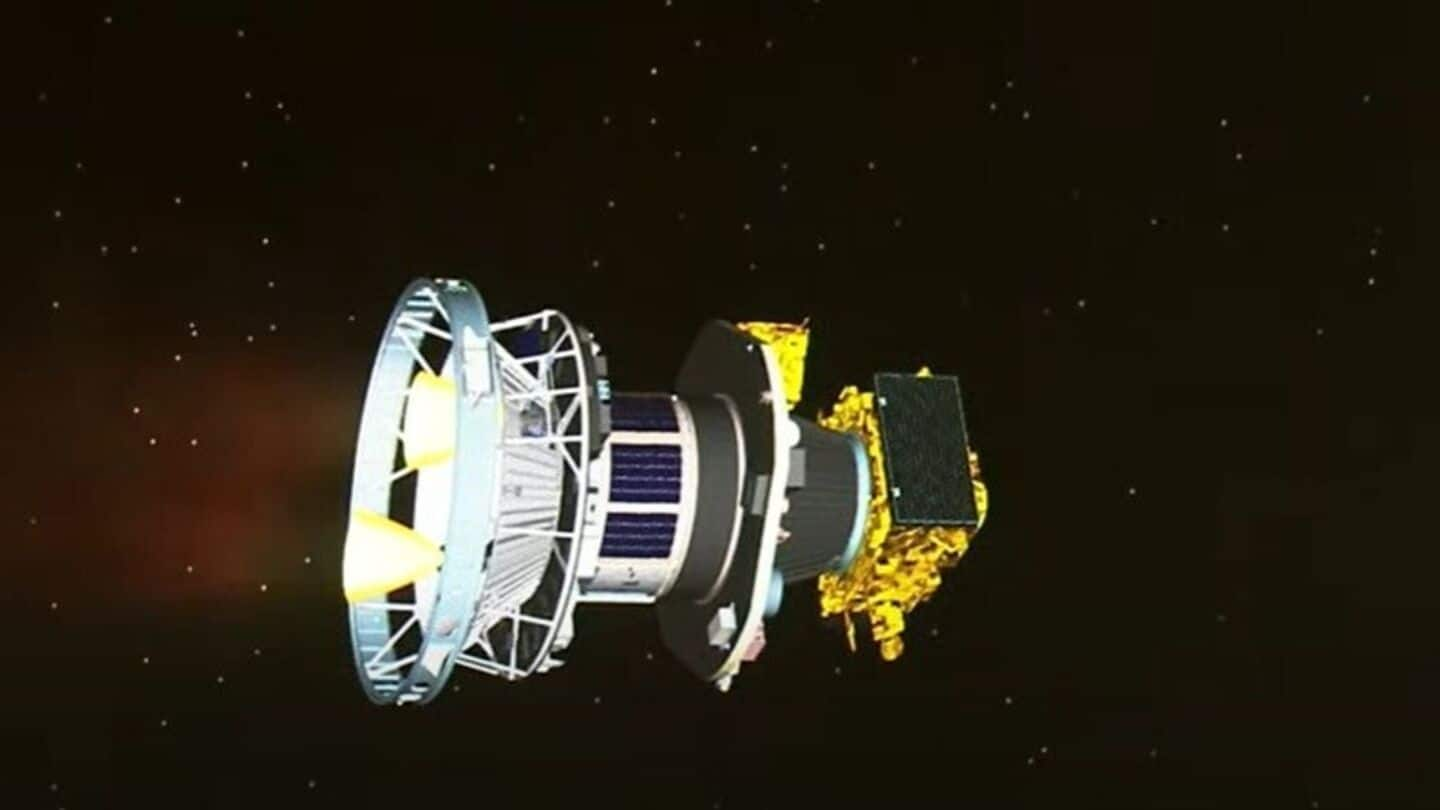
ISRO's XPoSat satellite opened to Indian scientists: What is it?
What's the story
The Indian Space Research Organisation (ISRO) has opened its X-ray Polarimeter Satellite (XPoSat) mission for proposals from Indian scientists and researchers. Launched on January 1, 2024, via the PSLV C-58 rocket from Sriharikota, this is India's first dedicated X-ray polarimetry mission to study astronomical sources in extreme conditions. The satellite operates in a near-equatorial orbit at an altitude of 650km and carries two scientific payloads.
Submission details
60% of observatory's time reserved for Indian researchers
ISRO has announced that 60% of the observatory's time will be exclusively reserved for Indian researchers in this first cycle. The proposals are to be used with the XSPECT (X-ray Spectroscopy and Timing) payload, which provides spectroscopic and timing data in the 0.8-15 keV energy range. Observations using this facility will be conducted from January to December 2026, giving a major boost to India's astronomy community.
Application criteria
Who can apply and how to submit proposals
The opportunity is open to Indian scientists and researchers working in astronomy at institutions, universities, and colleges across India. Principal Investigators (PIs) must show their technical capability to analyze data if their proposals are accepted. The proposals can be submitted through the XPoSat Proposal Processing System (XPPS) on the website of the Indian Space Science Data Centre (ISSDC). The last date for submissions is November 30, 2025.
Review process
Proposals will be evaluated by dedicated committee
The proposals will be evaluated by the XPoSat Time Allocation Committee (XTAC) for scientific merit and technical feasibility. PIs shall have a six-month proprietary period for their data, after which it will be made publicly available via ISSDC's archive for the broader scientific community. ISRO has also provided detailed technical documentation such as the XSPECT User Handbook and proposal preparation tools like XPoViewer, to help the researchers identify satellite visibility periods for their targets of interest.